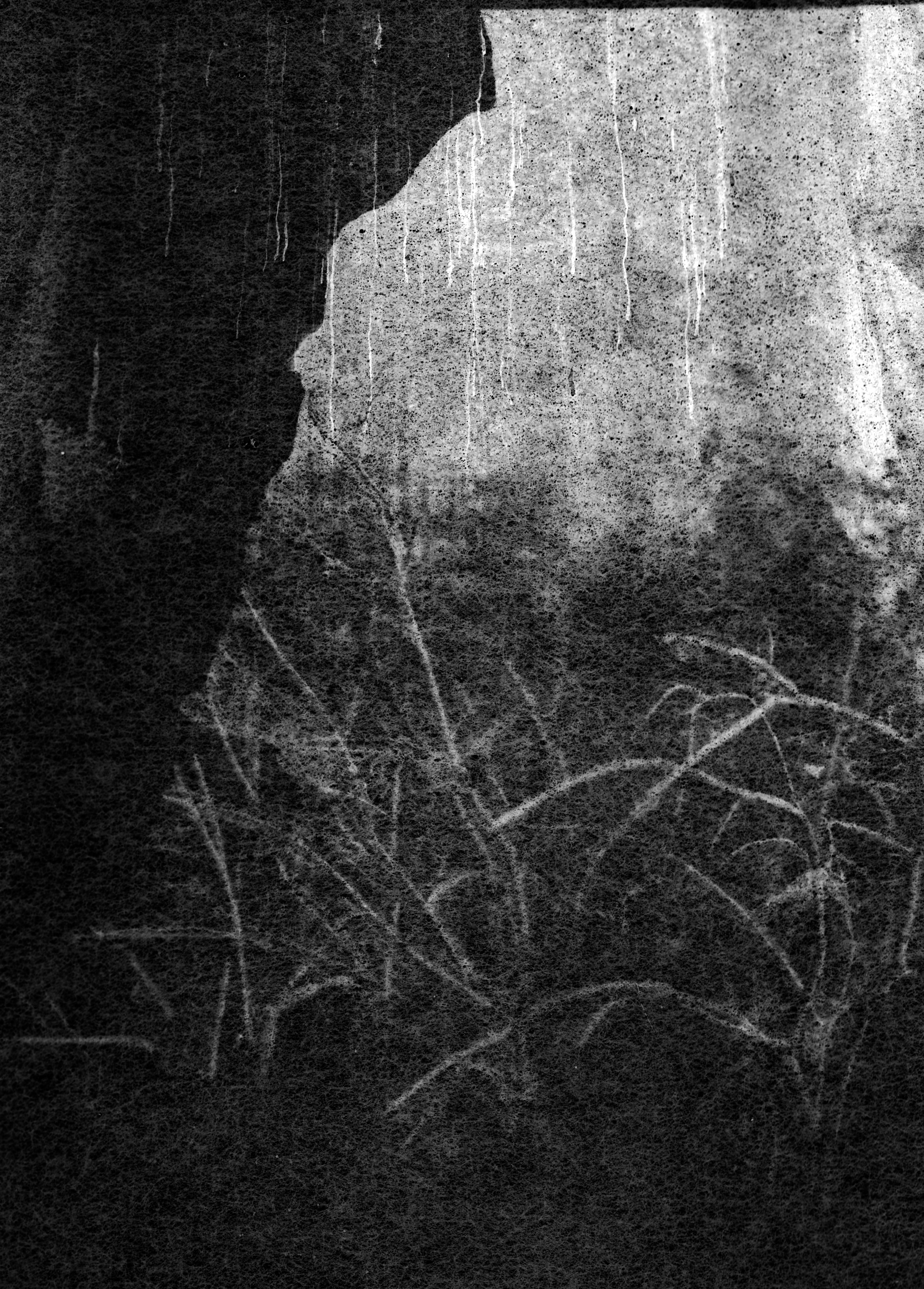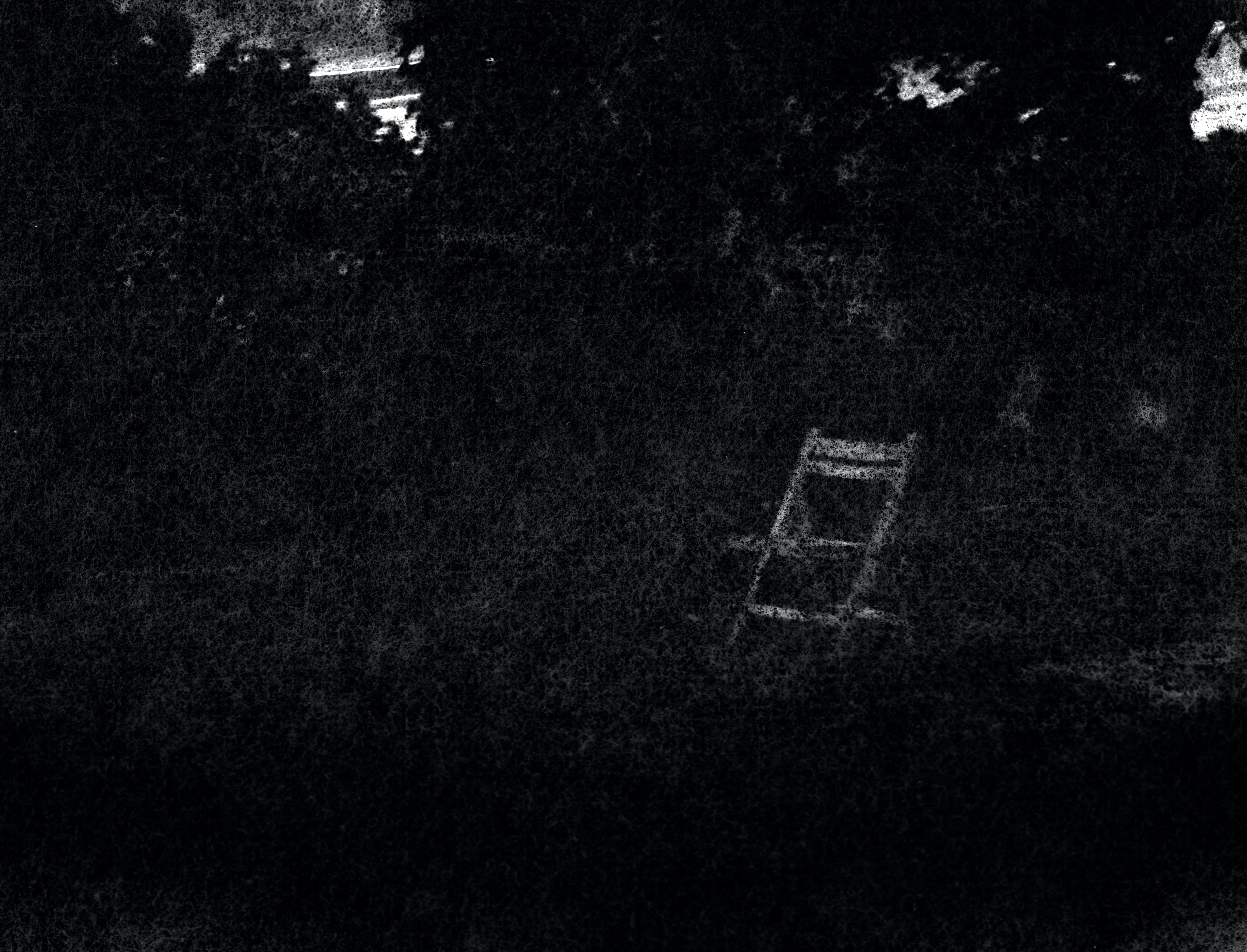PHANTASMAGORIA
2020
‘There is sort of a dark attachment to one’s homeland, and there are the mists that turn [...]
into metaphysical sceneries of a stage on which the typical script of each province is acted: that of waiting and dream
(Tondelli 1990)
into metaphysical sceneries of a stage on which the typical script of each province is acted: that of waiting and dream
(Tondelli 1990)
PHANTASMAGORIA (Ancient greek: phántasma, “ghost”) describes an incidental sequence of associative images occurring in dreams and when feverish. The practice of phantasmagoria moreover denotes a form of horror theatre that used magic lanterns to project frightening images as demons and ghosts onto walls, smoke and semi-transparent screens. Inclined to the idea of this practice, the photographic essay documents the photographer’s process of resettling at her birth place – a place of conflicting, haunting feelings. Upon return to her place of birth (German: ‘Heimat’) in rural North-Western Germany in late March 2020, the photographer spent time roaming in her vicinity shaped by lakes, fields and forests. It was there in nature where she confronted the ghosts of her yesterdays – or was it them confronting her?
Phantasmagoria does not only show the process of rewriting but moreover about discovering parts of one’s history that remained unrevealed. The act of remembering resembles an archeology of self, a process closely intertwined with the act of forgetting, for it is only when a certain memory is recalled, its true fragility becomes apparent. Weaving together parts of our history, we find us recalling conversations, smells and the quality of light. The eerie effect of the images are evocative of Freud’s elaborations on the uncanny in his work ‘Das Unheimliche’ (1919): ‘The German word unheimlich [...] the opposite of heimlich, heimisch, meaning “familiar”, “native”, “belonging to home” and we are tempted to conclude that what is uncanny is frightening precisely because it is not known and familiar.’ (2). The (de-) construction of self is strongly intertwined with one’s childhood memories, dreams and myths. Diving into the jigsaw of opaque reminiscences let her acknowledge that the construction of self just as much as the process of (re-) settling depicts a liminal process – nothing static – always holding a veil of blur.
*full-length essay & portfolio on request
 Lime-coated fields, 2020
Lime-coated fields, 2020 Take a seat, 2020
Take a seat, 2020 Veil of Ignorance, 2020
Veil of Ignorance, 2020